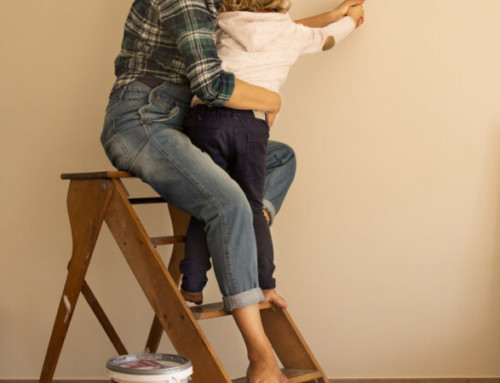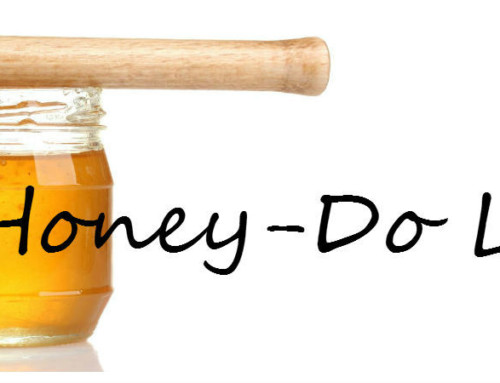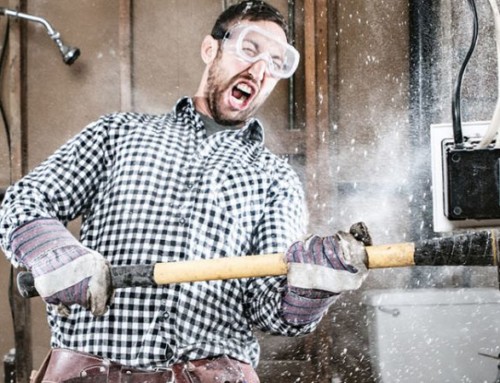The following is a guest post from Paul Martin
The way home insurance rates are calculated can seem like a mystery. However, once you understand the mindset of the insurance company, it becomes easier to figure out. To lower your home insurance rate, you’ll need to honestly review some key features of your home that could be costing you big bucks. Take these upgrades that commonly impact rates into consideration, and you may start writing smaller checks.
- The condition of your plumbing
One of the biggest concerns an insurance company has is a home’s plumbing system. Damage from water leaks is among the most common home insurance claims, and it can cost both you and your insurance company big time. Older homes (built in the ’80s or before) are higher risk and might require you to pay higher premiums.
Updating your home’s plumbing system is very attractive to an insurance company, and they’ll reward you for it. However, updating the entire house at once can be costly. Making changes to the water system one room at a time, such as the kitchen or bathroom, can still help.
- The condition of your wiring
Another big concern for insurance companies, particularly in older houses, is the wiring system. Older buildings may have had aluminum wiring installed, making the home more susceptible to fire, and therefore, expensive premiums. Also, older homes may have wiring that is no longer up to state code, which could negatively impact your rate.
Insurance companies take note of homeowners who put in the effort to update their wiring system. Decreasing the risk of fire damage, as well as bringing any aspect of your home up to current state code, can have a dramatically positive impact on your insurance rate.
- The condition of your roof
An older, weathered, and weak roof is one of the biggest features that can cause your rate to skyrocket. Especially in regions of the country prone to hail, replacement costs can be huge for insurance companies, as roof damage commonly extends beyond what a deductible covers (often reaching between $9,000—$20,000).
Depending on where in the country you live, upgrading your roof to hail-resistant or dent-proof shingles will eliminate a major risk factor for both you and your insurance company. Homes with these upgraded roofs installed most likely won’t need a replacement for decades, and insurance companies will reward the homeowner for it.
- The addition of fire-suppression features
Fire damage is another one of the biggest home insurance claims in both frequency and cost. Fires may be caused by accidents within the home, natural disasters, or any number of incidents. No matter where someone lives, the risk of fire damage is always present.
Any installation of fire-suppression features, such as sprinkler systems, is highly attractive to insurance companies. Though installing a sprinkler system can be costly (typically between $8,000—$10,000), it can save you in the long run, with both peace of mind and a much lower insurance rate.
- The addition of a security system
Theft losses are another frequent and pricey home insurance claim. A burglar may not only steal from your home, but they may damage it upon their intrusion. A lack of security features for the home is frowned upon by insurance companies.
Installing a burglar alarm and displaying the signage that your home is equipped with such a system can significantly reduce your risk of break-ins and theft. The less attractive your home becomes to burglars, the more attractive it becomes to your insurance company. Spending money on a security system up front can save you on insurance in the long run.
If you do upgrade any of your home’s features, reconnect with your agent. They’ll reach out to your insurance company and try to negotiate a new, lower rate for you, or they’ll go ahead and shop new insurance policies across multiple companies. Ultimately, they’ll get you set up with a rate that matches your home’s updated condition.






